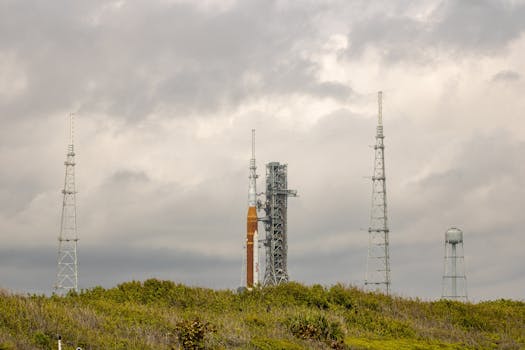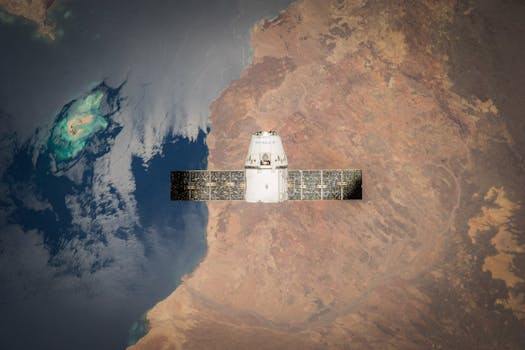
From Ground to Sky: The Evolution of Satellite Telecommunications Technology
Satellite telecommunications technology has undergone a remarkable evolution since the launch of the first satellite, Sputnik, in 1957. The early days of satellite communications were marked by limited capacity, high costs, and restricted accessibility. However, over the years, advancements in technology have transformed the industry, enabling global connectivity, high-speed data transfer, and a wide range of applications. In this article, we will explore the evolution of satellite telecommunications technology, from its humble beginnings to the current state of the art.
Early Days of Satellite Communications

The first commercial satellite, Intelsat 1, was launched in 1965, marking the beginning of the satellite telecommunications era. The early satellites were designed to provide basic telecommunications services, such as voice and data transmission, to remote areas. The launch of the first geostationary satellite, Syncom 2, in 1963, enabled satellites to remain stationary above a fixed point on the Earth’s surface, revolutionizing satellite communications. The 1970s saw the introduction of satellite-based television broadcasting, with the launch of satellites such as ATS-6 and Westar 1.
Advances in Technology

The 1980s witnessed significant advancements in satellite technology, with the introduction of more powerful and efficient satellites. The launch of the first mobile satellite system, Inmarsat, in 1979, enabled global mobile communications. The 1990s saw the emergence of satellite-based internet services, with the launch of satellites such as Iridium and Globalstar. The development of new technologies, such as Ka-band and spot beams, has enabled higher data transfer rates and more efficient use of bandwidth. The launch of satellite constellations, such as Iridium NEXT and OneWeb, has further expanded the capabilities of satellite telecommunications.
Modern Satellite Telecommunications

Today, satellite telecommunications technology plays a vital role in global communications, providing a wide range of services, including broadband internet, mobile communications, and television broadcasting. The development of advanced technologies, such as high-throughput satellites (HTS) and very high-throughput satellites (VHTS), has enabled faster data transfer rates and greater connectivity. The use of satellite-based services has become increasingly important in areas such as disaster response, remote connectivity, and maritime communications. The future of satellite telecommunications technology holds much promise, with the development of new technologies, such as quantum communications and satellite-based 5G networks.
Conclusion

In conclusion, the evolution of satellite telecommunications technology has transformed the way we communicate, from the first satellite launch to modern-day satellite constellations. The advancements in technology have enabled global connectivity, high-speed data transfer, and a wide range of applications. As the demand for satellite-based services continues to grow, the industry is expected to witness further innovations and developments, shaping the future of global communications.
See more:




